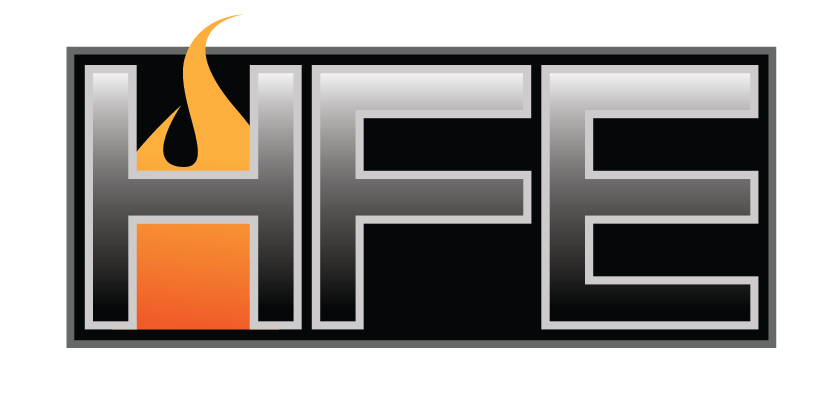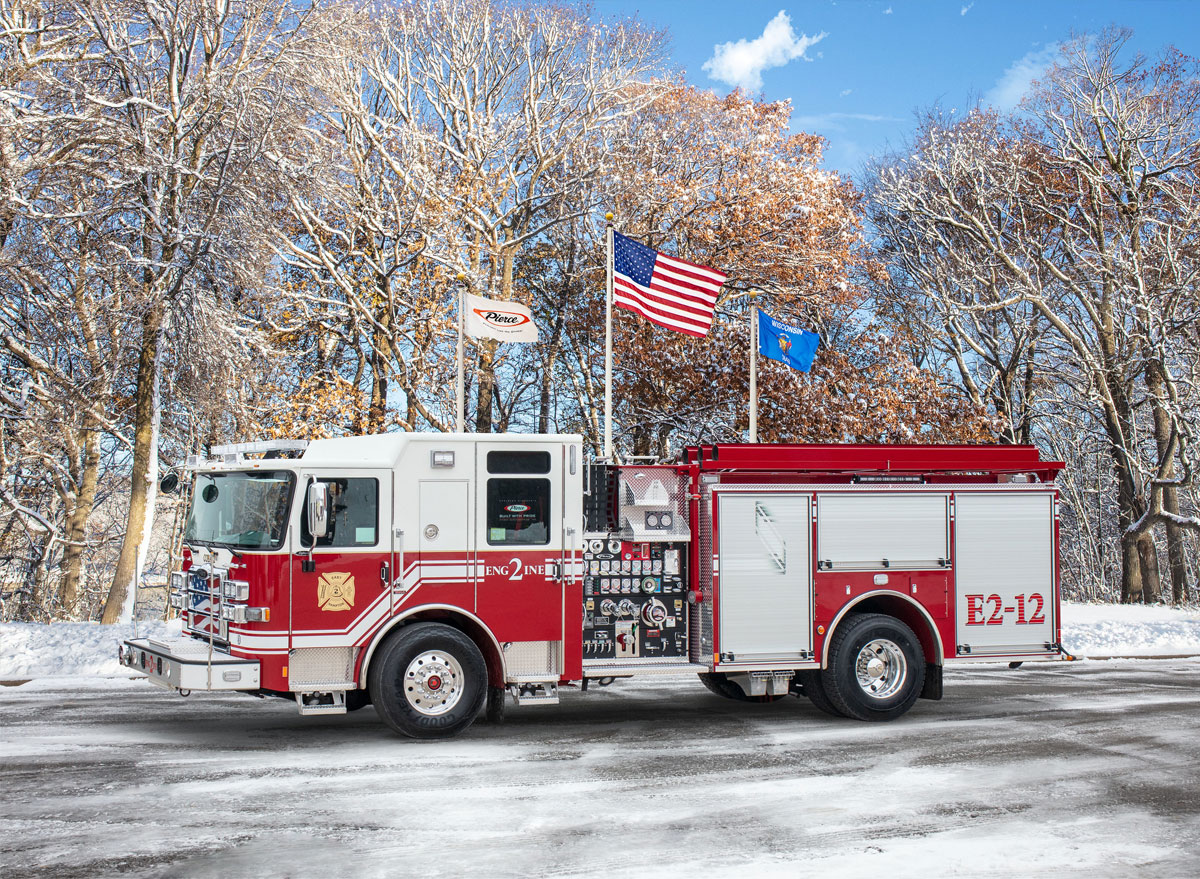Parts & Service

Your Trusted Partner in Pierce Wildland Vehicles
Offering a range of custom configurations, Pierce vehicles provide flexibility and optimal performance for wildland firefighting.For fire departments considering the investment in a WUI fire truck, it is essential to collaborate closely with the manufacturer to ensure that the truck’s design and features align with the department's specific needs and operating environment.
The development of the wildland-urban interface (WUI) fire truck represents years of collaboration with fire departments across North America, incorporating their feedback and configuration requirements.
This fire truck is a unique combination, merging the structural firefighting and storage capabilities of a Type 1 engine with the maneuverability and water capacity of a Type 3 engine. Though this may seem like a blend of opposites, the result is a highly effective emergency response vehicle.
The demand for WUI fire trucks is on the rise. But what drives this trend, and what are the essential design features that fire departments should consider when selecting a WUI apparatus? Continue reading to explore these topics in detail.
The U.S. Fire Administration defines the wildland-urban interface as “an area where human-made structures and infrastructure (e.g., cell towers, schools, water supply facilities, etc.) are in or adjacent to areas prone to wildfire.”
This definition applies to many expanding urban areas where development extends beyond city limits into natural environments. Many new communities are intentionally built near state and national parks, offering proximity to nature, yet posing unique firefighting challenges. Consequently, a specialized type of fire truck is required to address these challenges effectively.
Historically, wildland firefighting has relied on Type 3 fire trucks, known for their 500-gallon water capacity and superior off-road capabilities. These trucks often feature four-wheel drive, comprehensive fire suppression systems, and exceptional angles of approach and departure.
While these features are well-suited for wildland settings, the increasing presence of outbuildings, cell towers, vacation homes, and new communities within natural vegetation necessitates a different approach. The combination of Type 1 and Type 3 fire truck attributes has emerged as the optimal solution for managing these new wildland-urban interface areas.
Pierce Wildland: A Professional Overview
The development of the wildland-urban interface (WUI) fire truck represents years of collaboration with fire departments across North America, incorporating their feedback and configuration requirements. This fire truck is a unique combination, merging the structural firefighting and storage capabilities of a Type 1 engine with the maneuverability and water capacity of a Type 3 engine. Though this may seem like a blend of opposites, the result is a highly effective emergency response vehicle.Rising Demand for WUI Engines
The demand for WUI fire trucks is on the rise. But what drives this trend, and what are the essential design features that fire departments should consider when selecting a WUI apparatus? Continue reading to explore these topics in detail.Understanding the Wildland-Urban Interface (WUI)
The U.S. Fire Administration defines the wildland-urban interface as “an area where human-made structures and infrastructure (e.g., cell towers, schools, water supply facilities, etc.) are in or adjacent to areas prone to wildfire.” This definition applies to many expanding urban areas where development extends beyond city limits into natural environments. Many new communities are intentionally built near state and national parks, offering proximity to nature, yet posing unique firefighting challenges. Consequently, a specialized type of fire truck is required to address these challenges effectively.Why a Specialized Truck is Necessary for WUI Scenarios
Historically, wildland firefighting has relied on Type 3 fire trucks, known for their 500-gallon water capacity and superior off-road capabilities. These trucks often feature four-wheel drive, comprehensive fire suppression systems, and exceptional angles of approach and departure. While these features are well-suited for wildland settings, the increasing presence of outbuildings, cell towers, vacation homes, and new communities within natural vegetation necessitates a different approach. The combination of Type 1 and Type 3 fire truck attributes has emerged as the optimal solution for managing these new wildland-urban interface areas.Wildland Specifics
Custom Configurations:
Our wildland apparatus can be customized to meet specific operational needs, providing flexibility and optimal performance.Enhanced Maneuverability:
Designed for rugged terrains, our vehicles feature advanced suspension systems and high-clearance designs for improved mobility.Pierce Wildland Specifics
Visit Pierce Website for More Info
Custom Configurations:
Our wildland apparatus can be customized to meet specific operational needs, providing flexibility and optimal performance.
Enhanced Maneuverability:
Designed for rugged terrains, our vehicles feature advanced suspension systems and high-clearance designs for improved mobility.

